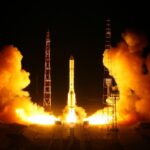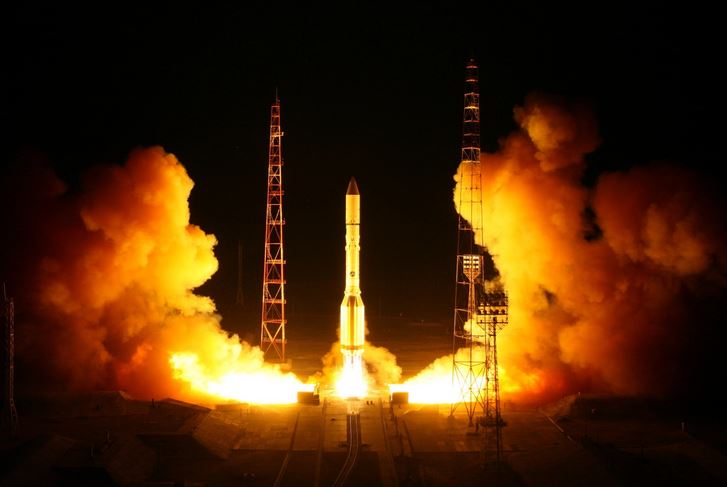2005
The Rise of Space Tourism
In space, accommodations are among the long-term goals (20 to 30 years) of several privately funded space companies. SpaceX’s founder Elon Musk has often stated his personal goal, and one of the goals of his company, is to help humanity become a “spacefaring civilization.”
Premium Satellite TV in Hotels
Satellites will continue to provide niche services and connectivity for the hospitality industry. In areas without terrestrial cable, television is not economical, and hotels will continue to rely on direct-to-home services to provide guests with premium content.
Offering Guests Tours with GPS
Satellite-enabled capabilities are sometimes used to enhance guest services. In 2005, Rosewood Hotels & Resorts started offering its guests an alternative to paper maps when looking for directions.
Using Satellite Terminals in Hotels
Hotels in remote tourist locations use very small aperture terminals (VSATs) to keep track of bookings and current capacity. In 1999, Best Western had 560 sites connected by a VSAT network, while, more recently, Six Continents Hotels, Inc., contracted Gilat to provide a satellite network to more than 2,500 locations in the United States and Canada.
2005 – U.S. Military Use of Commercial Communications Satellites
“Since the terrorist attacks of Sept. 11, 2001, the U.S. government has become the satellite industry’s single largest customer and the Defense Department has been the biggest driver behind the new wave of demand,” said Don Ritter, vice president of government services at PanAmSat G2 Satellite Solutions.
2005 – China Launch, Human
China’s Shenzhou (“Divine Vessel”) launched two taikonauts into orbit in 2005 for a mission lasting more than 115 hours. It was China’s second human launch, following the launch of one taikonaut in October 2003. China’s next human mission is expected to launch in 2007. The Shenzhou capsule bears many design similarities to Russia’s Soyuz reentry crew capsule.
2005 – Russia Launch, Human
Russia’s Soyuz has been the workhorse of Roscosmos, having been in production for more than 40 years. The vehicle’s separated reentry capsule and laboratory module optimize space with a minimum of weight. In 2005, Soyuz took its third space tourist, Gregory Olsen, to the ISS. Currently, the vehicle is used to rotate the crew of the ISS, (a service for which NASA pays), launching to the station twice in 2005.
2005 – U.S. Launch, Human
The space shuttle returned to flight in 2005, ending a two year hiatus that followed the Columbia tragedy. Discovery’s STS-114 crew tested new safety measures and delivered supplies to the International Space Station (ISS). Digital cameras installed for the first time on a shuttle flight captured a chunk of foam shed from the external fuel tank.
Launch Log, 2005


Interested in global space launch vehicle satellite activity? Please select the associated link to read about it. Launch data is updated every day during weekdays, excluding U.S. holidays.
- « Previous
- 1
- …
- 13
- 14
- 15